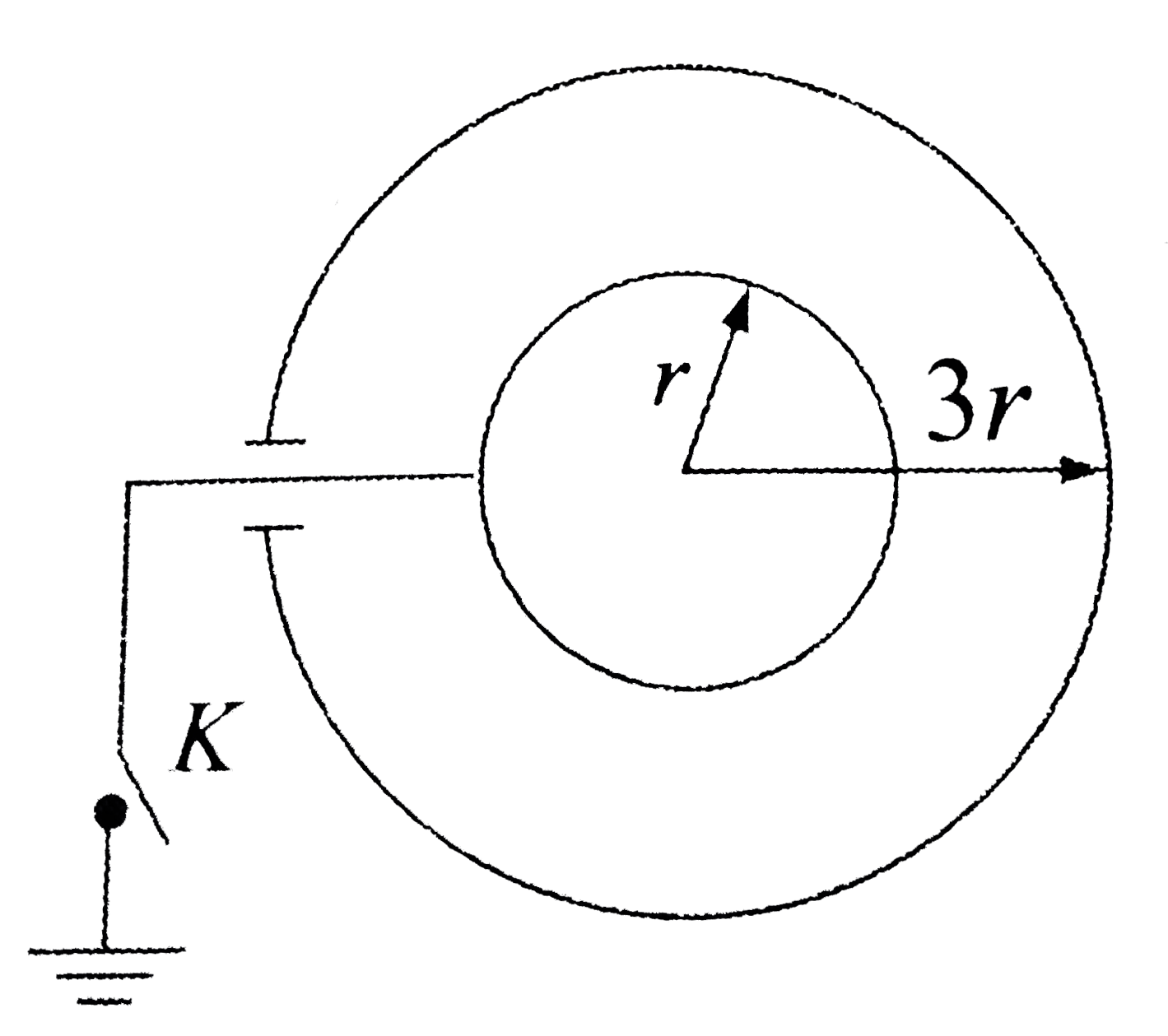The amount of charge carried by ion is
The correct Answer is:
To find the amount of charge carried by the N3− ion, we can follow these steps:
Step 1: Understand the Ion
The N3− ion is known as the nitride ion. It is formed when a nitrogen atom gains three electrons.
Step 2: Determine the Charge of One Electron
The charge of a single electron is approximately −1.6×10−19 coulombs. This negative sign indicates that electrons carry a negative charge.
Step 3: Calculate the Total Charge for Three Electrons
Since the nitride ion has gained three electrons, we can calculate the total charge by multiplying the charge of one electron by the number of electrons gained:
Total Charge=3×(−1.6×10−19 C)
Step 4: Perform the Calculation
Now, we perform the multiplication:
Total Charge=3×(−1.6×10−19)=−4.8×10−19 C
Step 5: State the Result
The amount of charge carried by the N3− ion is −4.8×10−19 coulombs.
Final Answer
The amount of charge carried by N3− ion is −4.8×10−19 coulombs.
---
The N3− ion is known as the nitride ion. It is formed when a nitrogen atom gains three electrons.
The charge of a single electron is approximately −1.6×10−19 coulombs. This negative sign indicates that electrons carry a negative charge.
Since the nitride ion has gained three electrons, we can calculate the total charge by multiplying the charge of one electron by the number of electrons gained:
Total Charge=3×(−1.6×10−19 C)
Now, we perform the multiplication:
Total Charge=3×(−1.6×10−19)=−4.8×10−19 C
The amount of charge carried by the N3− ion is −4.8×10−19 coulombs.
The amount of charge carried by N3− ion is −4.8×10−19 coulombs.
Topper's Solved these Questions
- ELECTROCHEMISTRYBOOK - CENGAGE CHEMISTRY ENGLISHCHAPTER - ELECTROCHEMISTRYEXERCISE - Exercisetrue / False
40 Videos
- ELECTROCHEMISTRYBOOK - CENGAGE CHEMISTRY ENGLISHCHAPTER - ELECTROCHEMISTRYEXERCISE - Archieves (Linked Comprehension )
13 Videos
- ELECTROCHEMISTRYBOOK - CENGAGE CHEMISTRY ENGLISHCHAPTER - ELECTROCHEMISTRYEXERCISE - Exerciseinterger
8 Videos
- D AND F BLOCK ELEMENTSBOOK - CENGAGE CHEMISTRY ENGLISHCHAPTER - D AND F BLOCK ELEMENTSEXERCISE - Archives Subjective
29 Videos
- GENERAL PRINCIPLES AND PROCESS OF ISOLATION OF ELEMENTSBOOK - CENGAGE CHEMISTRY ENGLISHCHAPTER - GENERAL PRINCIPLES AND PROCESS OF ISOLATION OF ELEMENTSEXERCISE - Archives (Subjective)
14 Videos
Similar Questions
The amount of charge carried by 1 mole of electrons is the same as carried by a K⊕ ion. True/False
View SolutionLeast amount of CO2 is carried out in____
View SolutionThe bond order of the N-O bonds in NO−3 ion is
View SolutionThe centres of two identical small conducting sphere are 1 m apart. They carry charge of opposite kind and attract each other with a force F. when they connected by conducting thin wire they repel each other with a force F/3. The ratio of magnitude of charges carried by the spheres initially in n:1. Find value of n
View SolutionThe amount of electric charge on one mole of electrons is __________.
View SolutionDraw Lewis structure of N3− ion.
View SolutionWhat is the amount of charge possessed by 1kg of electrons
View SolutionFigure shows two conducting thin concentric shells of radii r and 3r. The outer shell carries charge q and the inner shell is neutral . The amount of charge that flows from the inner shell to the earth after the key K is closed is equal to (1/n)th of the charge on the outer shell. What is the value of n ?
 .
.
View Solution8 g of O2− ion has amount of charge equal to : (NA=6.02×1023,e=−1.6×10−19C)
View SolutionThe percentage amount of CO2 carried or transported by Hb is
View Solution
